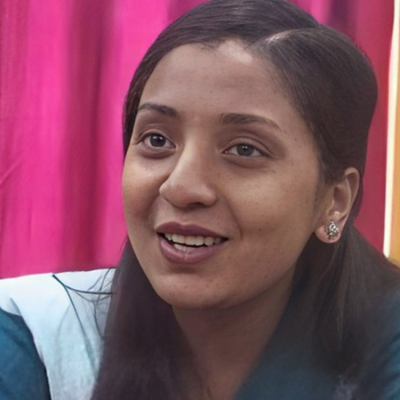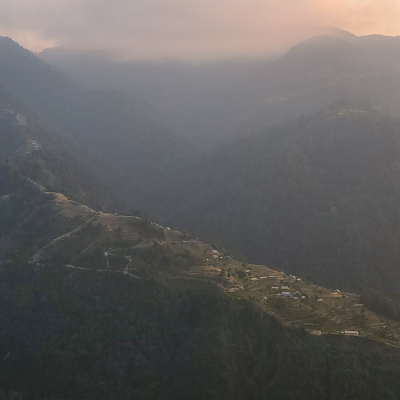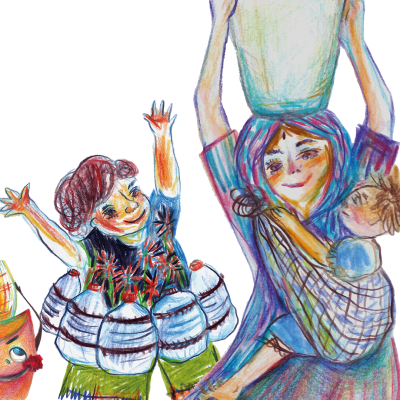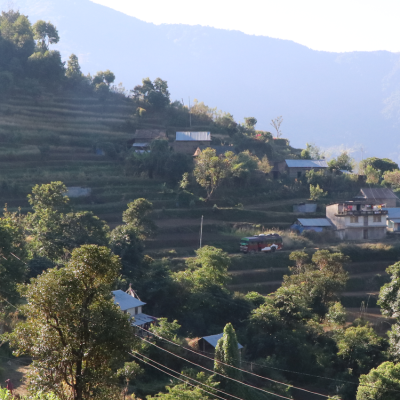Written by Ness Ma (Communications Officer)
In November 2022, the 27th session of the Conference of the Parties of the UNFCCC(COP27) took place in Egypt. Shreya KC, a 24-year-old youth from Nepal, spoke at the conference, ‘we constantly live in fear of being drowned(by the ice water).’ Why did she say that? What the climate conference has to do with Nepal’s glaciers?
In fact, the impact of climate change has not only resulted in such phenomena as storm surges and sea level rise, which we often hear of, but it also led to the threat of flooding in Nepal, located in the Himalayas. The water that floods the country’s land is not the sea but the melting ice water flowing off the snow-capped mountains.
Ice water flows to the lakes below the mountain, and the increase in lake water causes flooding and landslides, threatening villages and residents in the valleys below. In fact, the Nepalese government carried out a drainage project to address the threat. The project was launched in 2016 and took two years to drain out over 5 million cubic meters of lake water (equivalent to about 2,000 Hong Kong standard swimming pools). The project cost about HK$57 million or about 12% of the country’s GDP, which is a heavy burden for Nepal.
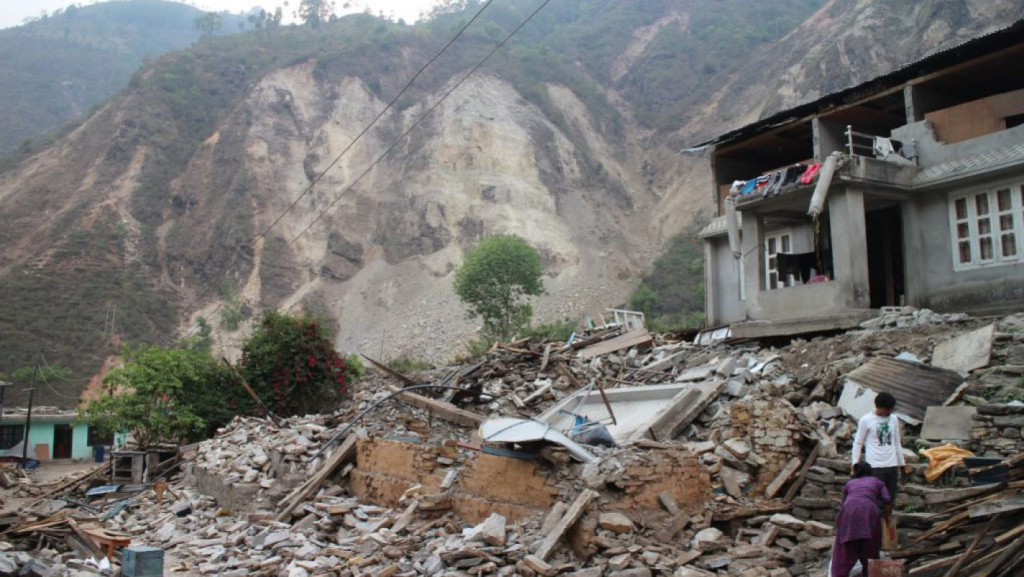
In addition to the economic burden on the country, climate change also causes adverse effects on domestic households. Shreya KC spoke at the conference that the output value of domestic agriculture had significantly decreased due to natural disasters. Agriculture is the main occupation in Nepal (more than 70%), and climate change has greatly impacted farming. The Chinese website of The New York Times reported in June 2022 that climate change brought challenges to South Asian countries, and in mentioning Nepal, it pointed out that the increase in forest fires has resulted in deserted farmlands in the mountains and the agriculture at the foot of the mountains also faced the threat of floods, destroying the arable land. These natural disasters are becoming more frequent due to climate change and have long-lasting effects on farming families.
When farming becomes unsustainable and cannot support families’ living, financial hardship leads to tension among family members. Other than financial aid, the people also need to develop new ways of survival. For this, CEDAR has included income-generating activities in its poverty alleviation work to help the villagers develop different ways of making money. It also establishes women’s groups and networks to empower local women.
In summary, climate change affects not only the weather but also the national economy, people’s lives and interpersonal relationships. Most of the causes of climate change have nothing to do with Nepal. At the conference, Shreya KC presented a study to show that the top 10% wealthiest population in the world produces nearly 50% of global carbon emissions, while the poorest 50% only accounts for 7% of emissions. For this, she asked: ‘Who will shoulder the responsibility for the loss of our livelihood and our lives?’
As we are living in Hong Kong, one of the wealthy regions in the world, we should start thinking about how to shoulder the responsibility for the losses suffered by other countries’ people.
ARTICLES OF THIS ISSUE
Written by: Ness Ma (Communications Officer) My colleagues and I had a trip to Nepal. We met our partner (Samari Uttha…
Written by Ness Ma (Communications Officer) In November 2022, the 27th session of the Conference of the Parties of the…
Previous Next children living in disasters Floods, droughts, heatwaves… as adults struggle with different natural disa…
Written by Samuel Chiu “If you, Israel, will return, then return to me,”declares the Lord.“If you put your detestab…



